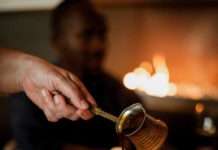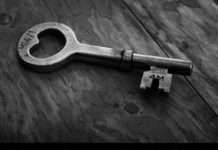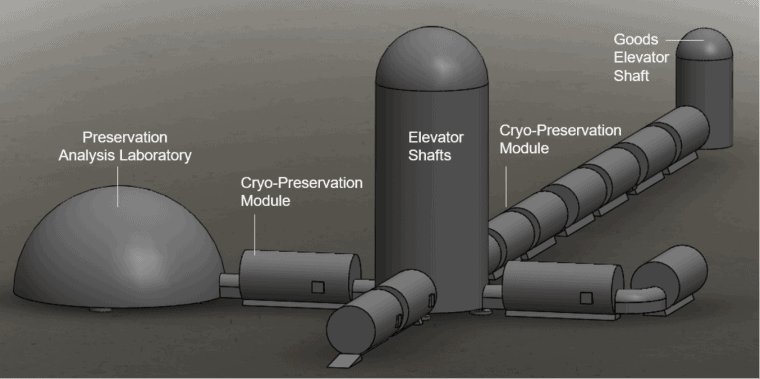Scientists in the U.S. are working on a biodiversity “lunar ark” to store seeds on the moon more safely than the Svalbard Seed Vault does.
The potential for catastrophic biodiversity loss has University of Arizona scientists in the United States working on a “lunar ark” to one day store seeds on the moon – a concept that comes amid deepening concern about the Svalbard Seed Vault and other storage sites that remain on an increasingly vulnerable earth.
The researchers are led by Jekan Thanga, an aerospace and mechanical engineering professor in the university’s College of Engineering. They presented their work at the IEEE Aerospace Conference earlier this month to explain how a solar-powered lunar storage station, stocked with frozen seed, spore, sperm and egg samples, could be a “global insurance policy” and protect some 6.7 million species in the event of cataclysm.
Their idea relies on the 2013 discovery of 200 lava tubes beneath the moon’s surface. The tubes are about 100 meters in diameter and form caverns that have been undisturbed for at least 3 billion years. Within them, the future plants and animals might be protected from solar radiation or meteor impact below ground, and in the absence of surface threats like water or rising temperatures. The lunar surface is always about -25°C, Thanga said, but the stored seeds would need -180°C temperatures and the stem cells require -196°C.
Their vision for an underground vault alongside human housing for rocket missions includes a surface solar farm for energy, elevators to get to storage, a laboratory and the use of SphereX robots to navigate the system. It also relies on quantum levitation for the cold storage, a theory that uses superconductor materials and magnets to support the cryogenic system.
“It’s like they’re locked in place by strings, but invisible strings,” Thanga said. “When you get to cryogenic temperatures, strange things happen. Some of it just looks like magic but is based on tried and laboratory-tested physics principles at the edge of our understanding.”
The University of Arizona team estimates about 250 rocket launches would be needed to deliver 50 samples of each species; by comparison, it took 40 rocket launches to build the International Space Station.
There’s much more work to be done, but if successful the moon could serve as an alternative to places like Svalbard, which is increasingly threatened by a warming Arctic and relies on coal-fired power. An investigative piece published Sunday by Norwegian media outlet NRK details the mounting challenges at Svalbard.
Humanity has the responsibility to protect biodiversity, Thanga said, and the seed vault is a step in the right direction, but climate change on earth may make it inaccessible given projected sea level rises: “Thus, we need a modern ark that is safe and away from all the possible cataclysms.”
This story first appeared on Sustainability Times
South Africa Today
© 2021 Sustainability Times.
This article is licensed under a Creative Commons Attribution-ShareAlike 4.0 SA International License.












